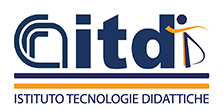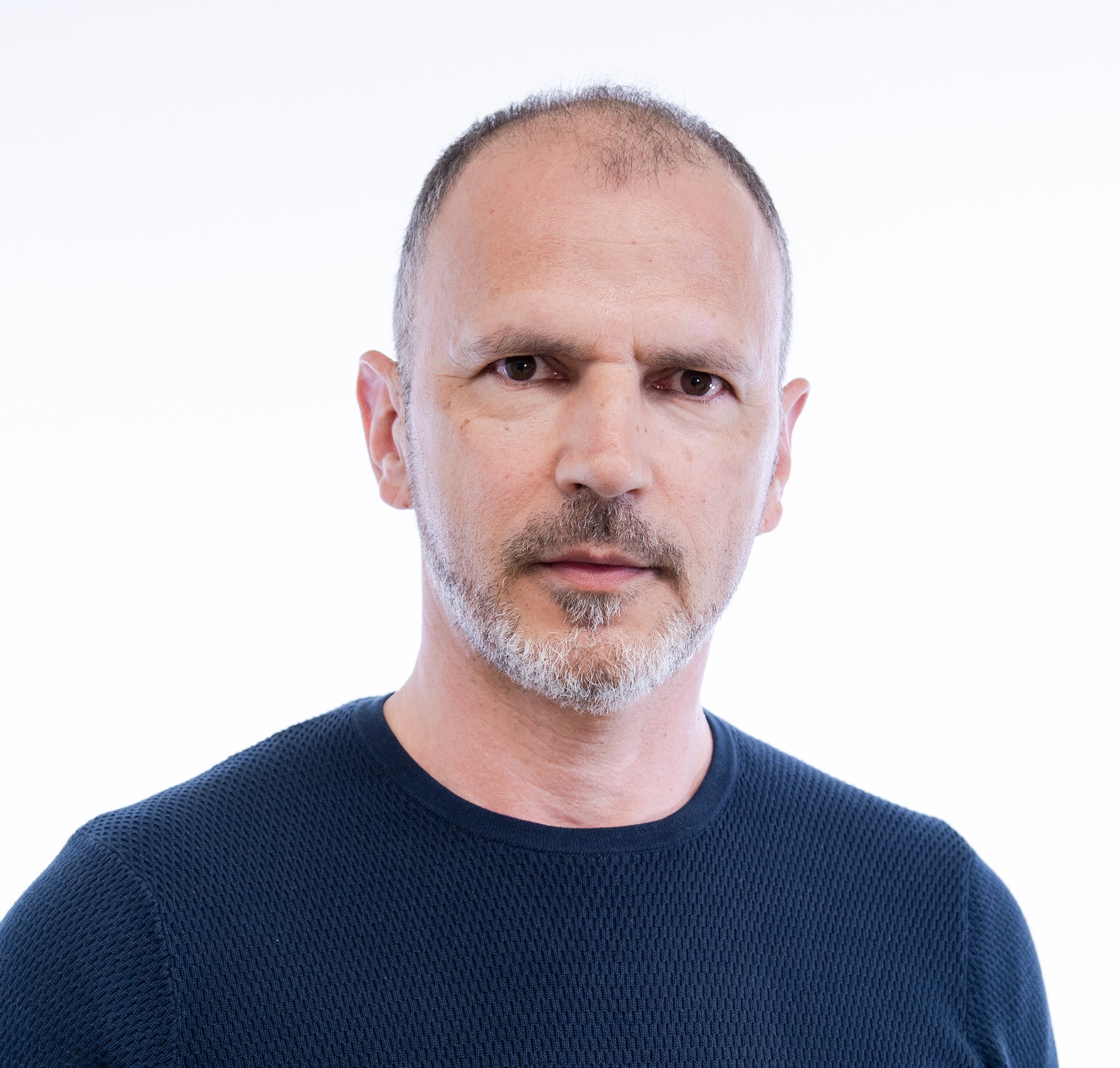Panagiotis Kampylis, is a lifelong learner, teacher and researcher with over 15 years of research, policy advice and project management experience. His research interests include creativity, innovation and digital transformation of education and training, computational thinking, and digital and entrepreneurship competences. Panagiotis graduated from Jyvaskyla University (Finland) in 2010 with his PhD on fostering students´ creative thinking. He worked from January 2012 to August 2020 as a scientific officer at Human Capital and Employment Unit of the European Commission´s Joint Research Centre (JRC). At the JRC, he led more than 12 large-scale projects on learning and the development of key competences and transversal skills, acquiring an excellent knowledge of European education, lifelong learning, skills and employment policies. He led the development of the European Framework for Digitally-Competent Educational Organisations and contributed in the development of the European Entrepreneurship Competence Framework. Both frameworks have been translated into many languages and are used extensively worldwide. He also led the design, development, testing and implementation of the European Commission´s SELFIE tool for schools´ digital capacity, which has been used by more than 1,400,000 school leaders, teachers and students worldwide. He is an invited speaker at various events on key competences, education, training, and lifelong learning. He has collaborated closely with stakeholders from all over the world, including education and employment ministries, European institutions (e.g., European Commission, Cedefop, European Training Foundation), international organisations (e.g., OECD, UNESCO, European Schoolnet, COST) and national organisations and research institutes (e.g., University of Hong Kong). His various publications have been cited more than 2,630 times.
 Italiano (Italia)
Italiano (Italia)  English (United Kingdom)
English (United Kingdom) 

